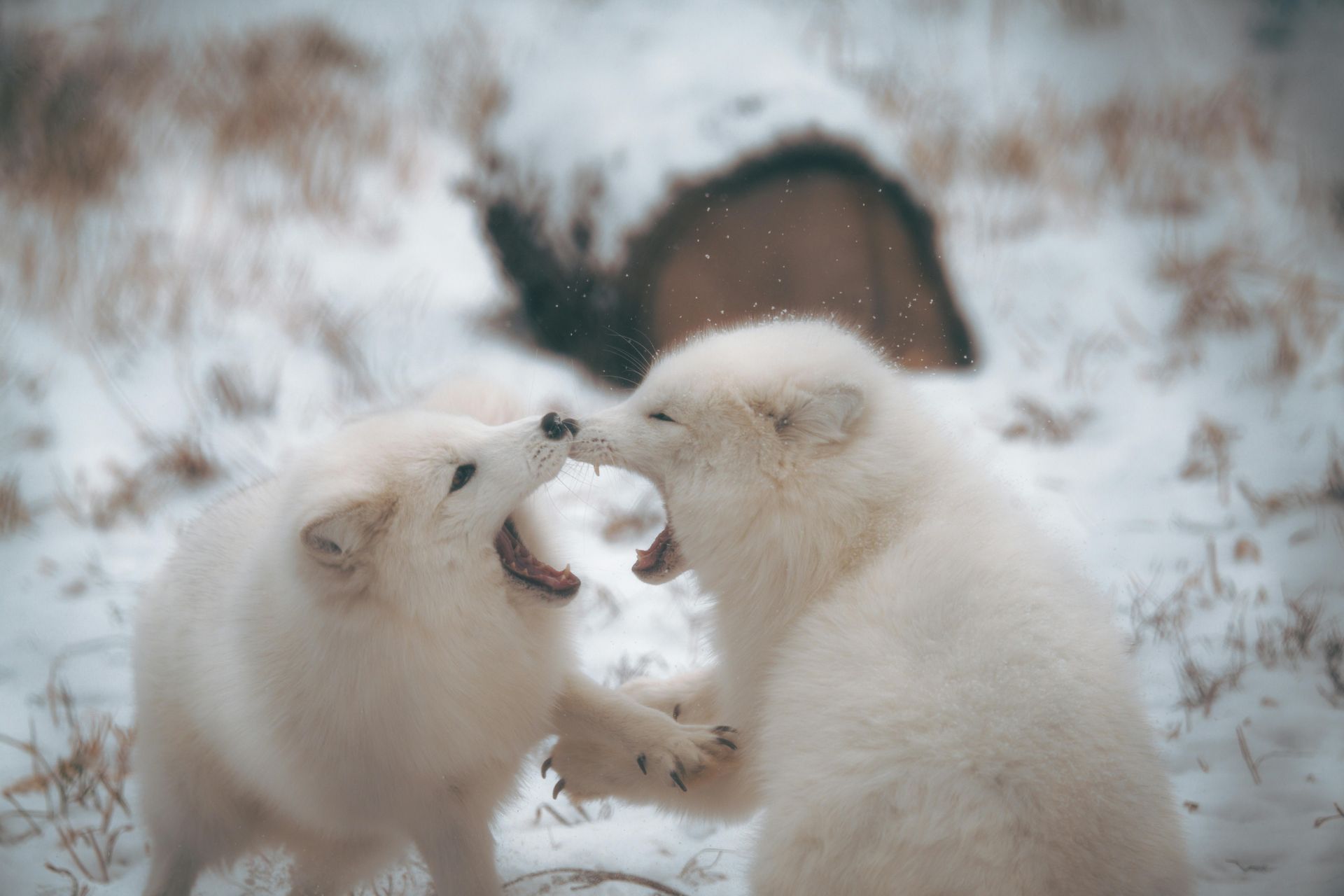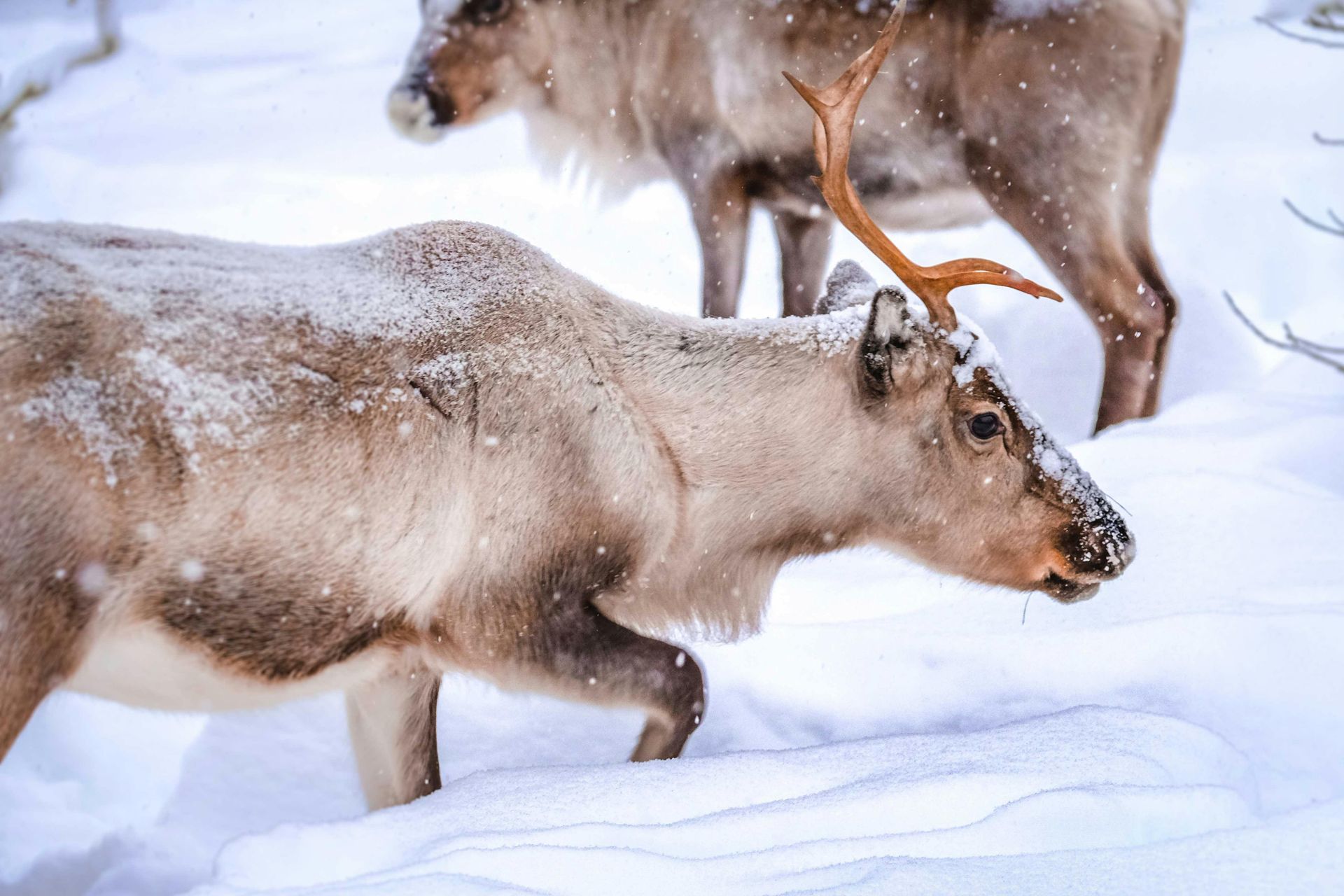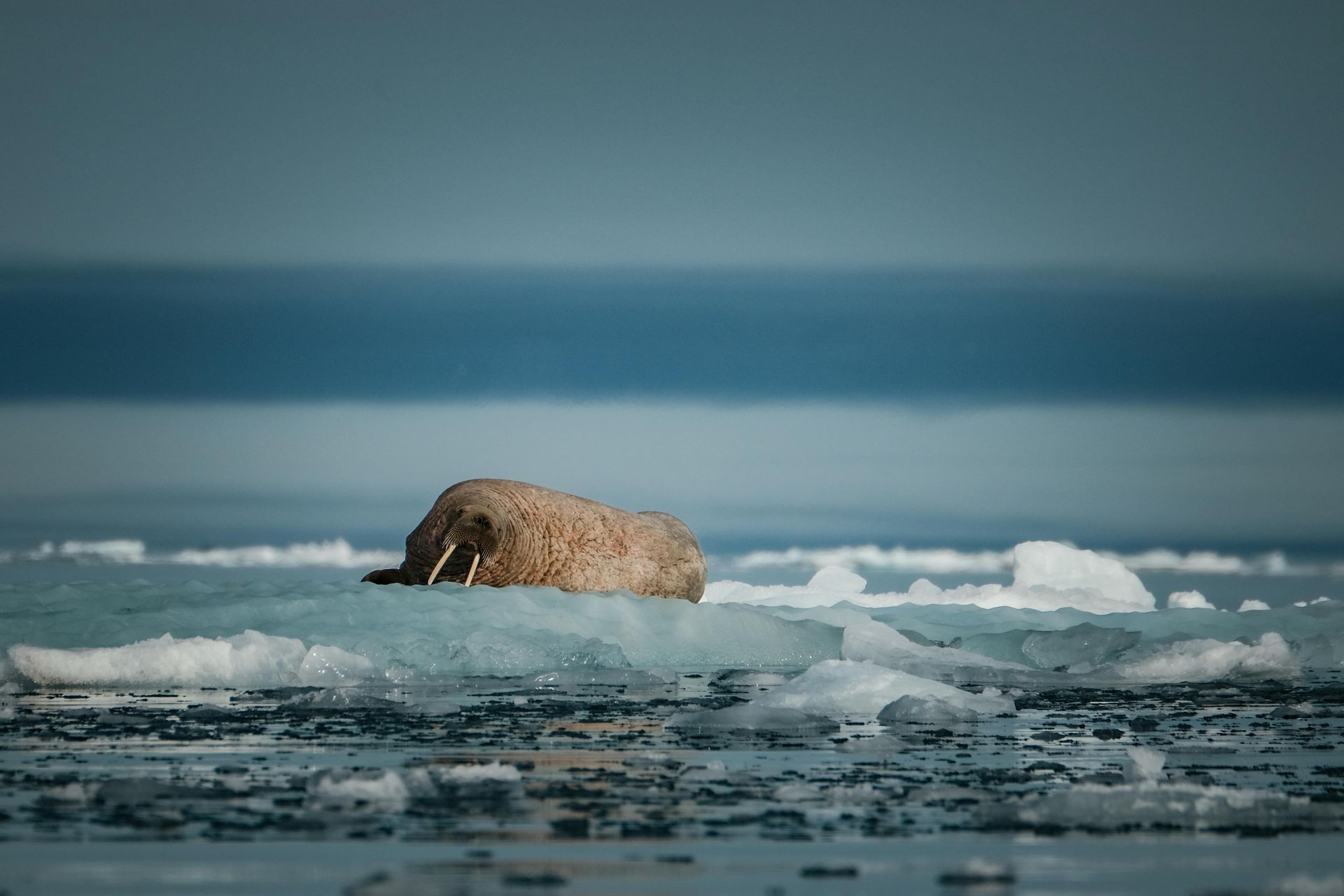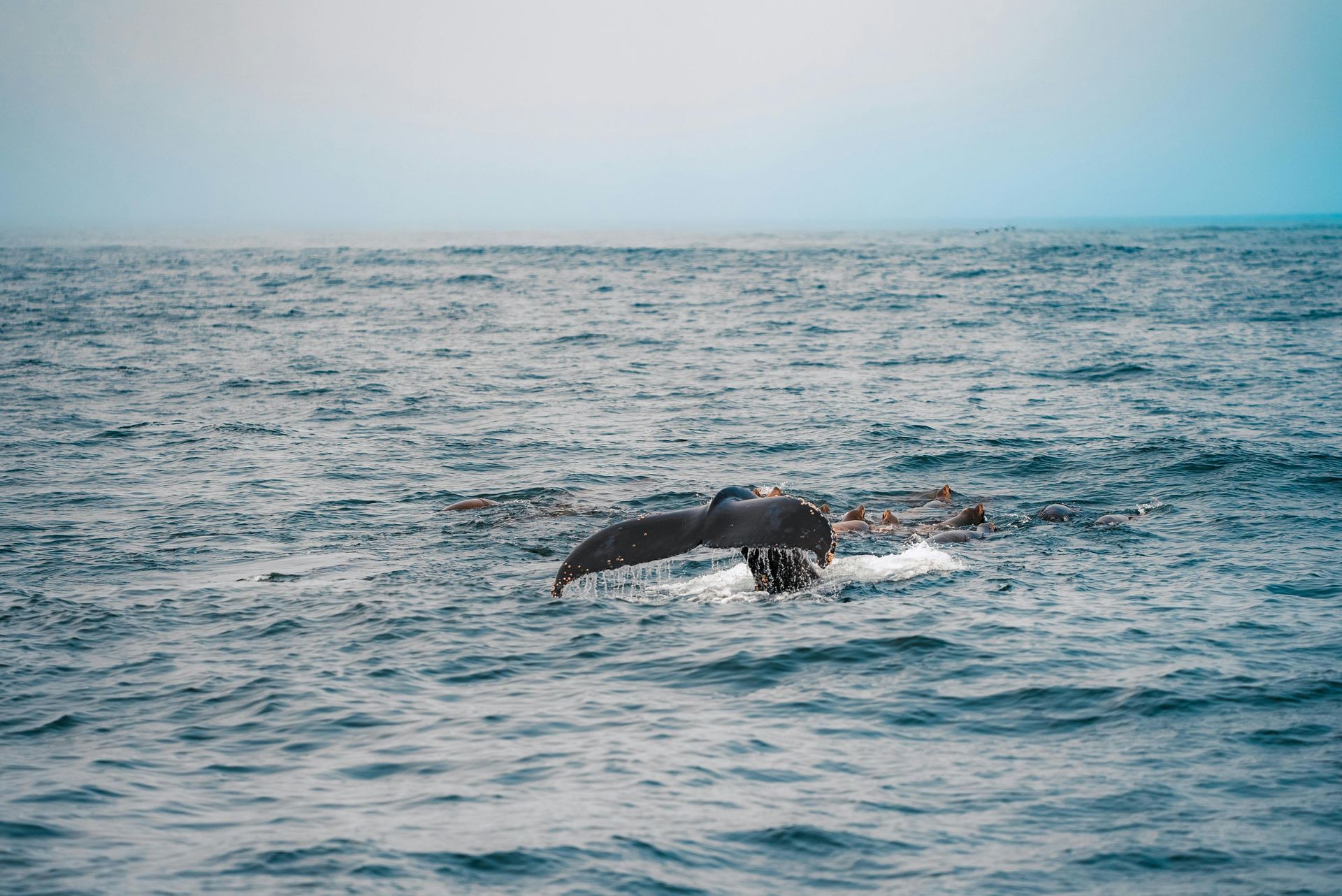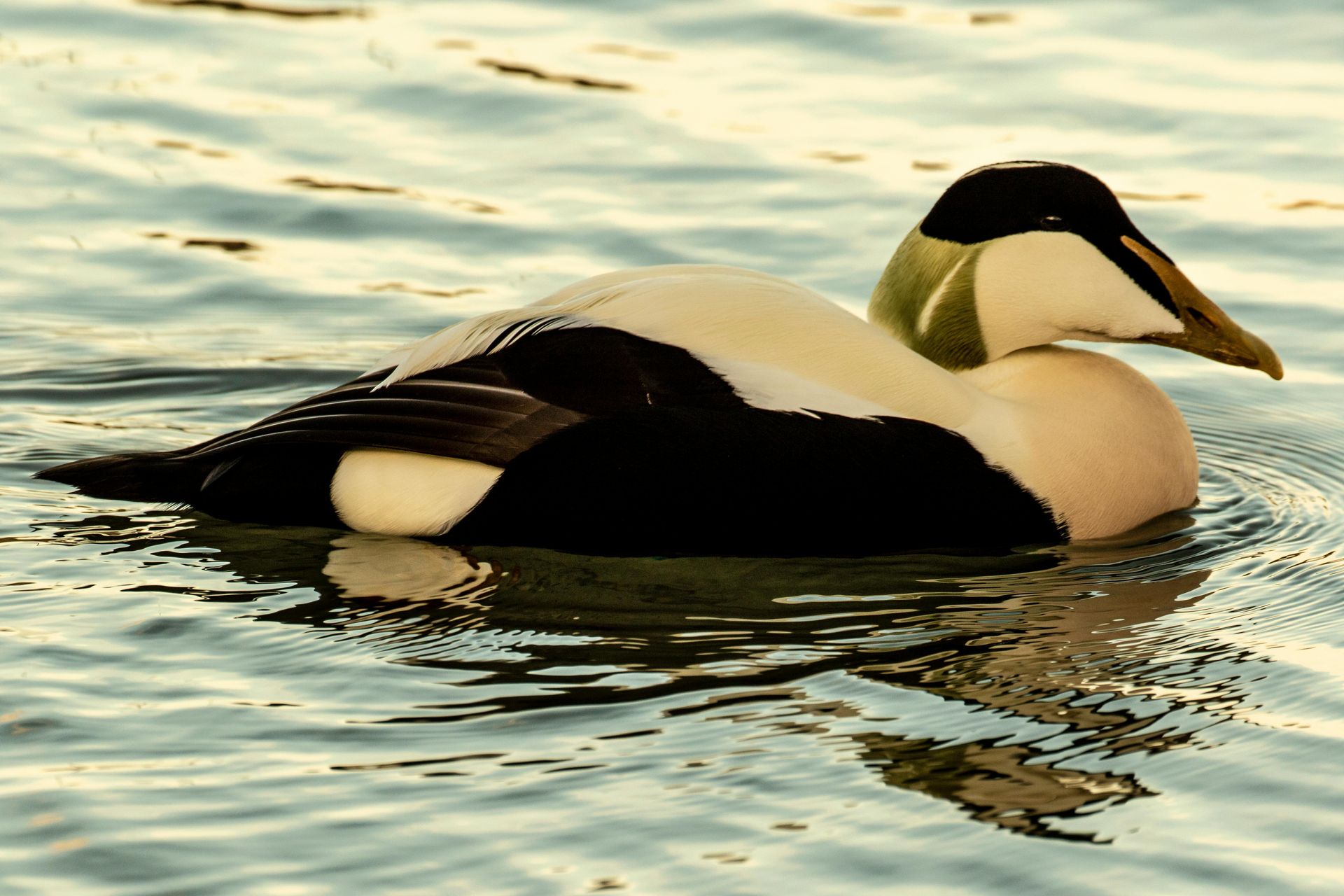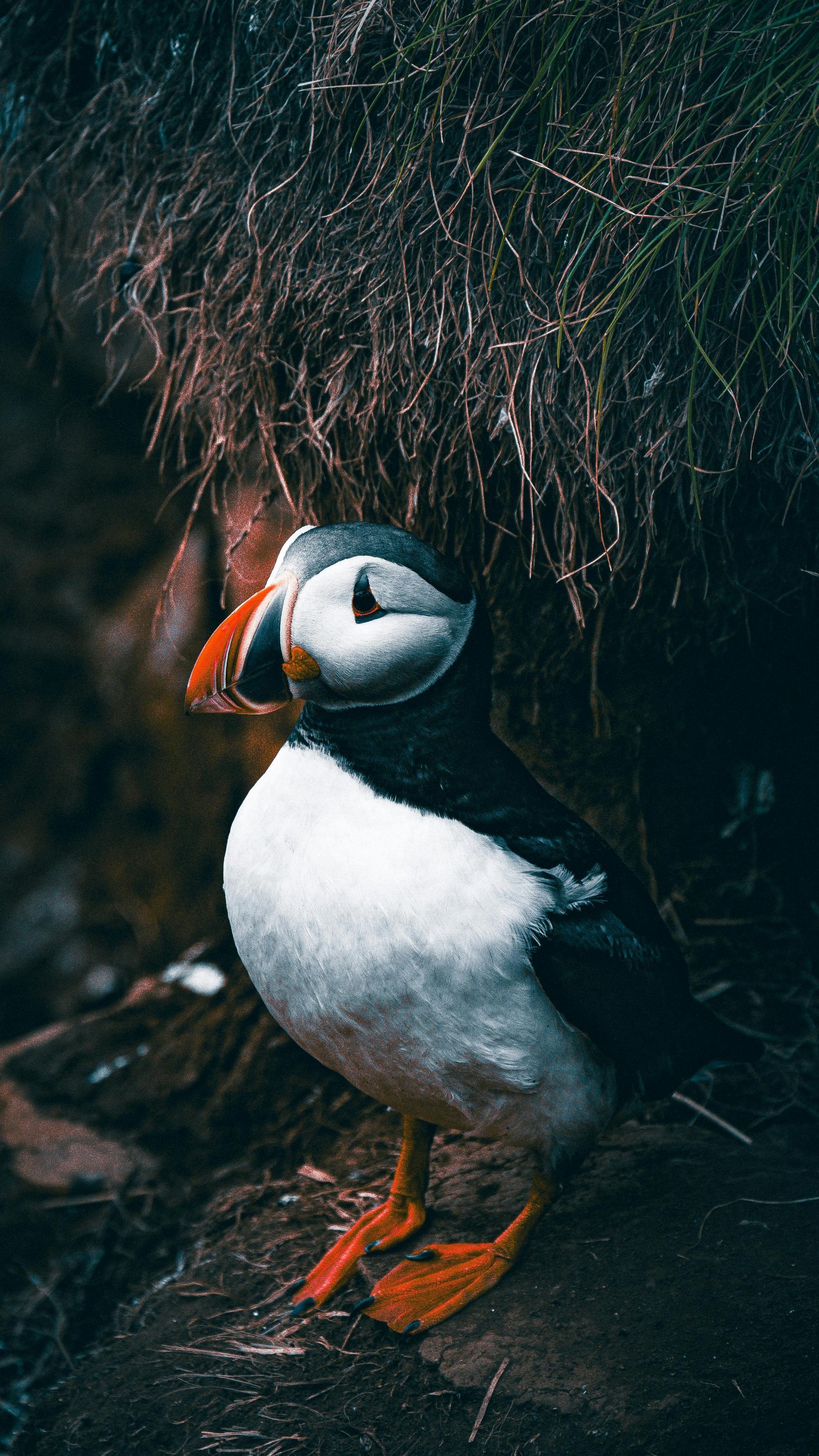The Dogs of Svalbard: Meet the Real Arctic Explorers
The Dogs of Svalbard: Meet the Real Arctic Explorers

Svalbard, with its rugged terrain and extreme climate, has long been a haven for Arctic explorers and adventurers. While humans are often the face of exploration in this frozen wilderness, there’s a lesser-known but crucial group of explorers that has been by their side for centuries—the dogs of Svalbard. These remarkable canines, often referred to as Arctic sled dogs, are not only companions but essential partners in navigating the harsh conditions of the Arctic. Here's an introduction to these hardy and indispensable explorers, and why they’re so integral to life in Svalbard.
The History of Svalbard’s Arctic Dogs
The tradition of using dogs for transportation in Svalbard dates back to the early days of polar exploration. When settlers and explorers first arrived on the islands in the 18th and 19th centuries, sled dogs quickly became indispensable for survival. These dogs helped transport supplies, pulled sleds over the snow, and played a critical role in expeditions through Svalbard’s unforgiving terrain.
Over time, the breed of dogs used in Svalbard has been adapted to thrive in extreme Arctic conditions. The most common breed is the Greenland Husky, a close relative of the Siberian Husky, known for their stamina, strength, and ability to work in the coldest environments. Their thick coats and natural resilience make them well-suited for the region’s harsh winters.
Modern-Day Sled Dogs: Essential for Exploration and Transport
Today, sled dogs are still vital to life in Svalbard. While snowmobiles and modern technology have taken over many transport duties, there are areas of the archipelago that remain inaccessible by anything but dog sled. These dogs are not just pets but essential workers, guiding travelers and researchers to remote locations where vehicles cannot go. Whether it's a scientific expedition or an adventurous tourist trip, dog sledding remains one of the most authentic and thrilling ways to experience Svalbard’s wilderness.
During the winter months, dog sledding is one of the most popular activities for visitors to the island. Tourists can join guided sled dog tours, where teams of dogs pull sleds through snowy valleys, over glaciers, and across the frozen fjords. The experience offers a sense of connection to the land, much like the early explorers who relied on dogs to survive the Arctic's unforgiving conditions.
The Dogs’ Role in Scientific Expeditions
Beyond tourism, the dogs of Svalbard continue to play a crucial role in scientific research. For instance, scientists often rely on sled dogs to access remote research sites for environmental studies, climate change monitoring, and wildlife tracking. In areas where modern vehicles would struggle, these animals remain the most reliable and eco-friendly means of transportation.
In addition, the dogs have a special role in supporting environmental and conservation efforts. Due to the sensitive nature of Svalbard’s ecosystems, which include fragile tundra and glaciers, sled dogs provide a low-impact alternative to more disruptive methods of exploration and transport. Their ability to travel over snow without leaving deep tracks ensures minimal disruption to the natural environment, allowing researchers to gather vital data while preserving the landscape.
Life with Sled Dogs in Svalbard
Living and working with sled dogs in Svalbard is no small feat. The dogs, kept in kennels throughout the archipelago, are trained to work in teams, each dog having a specific role within the team. Their strength, discipline, and bond with their handlers are essential for completing long journeys in extreme conditions. While these dogs are trained to be strong and resilient, they also form deep bonds with their human caretakers and often display an unmistakable sense of loyalty and trust.
Despite their rugged exterior, these dogs are highly social animals. They thrive in environments where they can interact with one another, forming strong pack dynamics. Their caretakers spend a great deal of time with them, training them and ensuring that they are ready for the challenges of the Arctic landscape. Each dog has a distinctive personality, with some excelling in speed and agility, while others are known for their endurance and ability to travel long distances across rough terrain.
Meeting the Dogs: A Unique Arctic Experience
For visitors to Svalbard, meeting the sled dogs is an unforgettable experience. While dog sledding tours are a popular way to interact with these animals, travelers can also visit the kennels where the dogs are raised and cared for. Many local operators offer “meet and greet” sessions, allowing visitors to learn about the history of the dogs, the specific breeds, and their crucial role in Arctic life.
Spending time with these dogs is an opportunity to understand the deep connection between the people of Svalbard and their working animals. The dogs are not just tools for survival—they are a vital part of the culture and identity of Svalbard. For many, meeting the dogs and learning about their lives is a highlight of their trip.
The Future of the Arctic Dogs
As technology advances and climate change impacts the Arctic, the future of sled dogs in Svalbard remains uncertain. While dog sledding tours continue to be popular, and sled dogs still play a key role in scientific research, the changing landscape of the Arctic could alter the way these dogs are used. Warmer temperatures, shifting ice conditions, and the increase in human activity in the region may lead to a reduction in the areas where these dogs can be used effectively.
Despite these challenges, sled dogs remain an enduring symbol of the Arctic spirit. Their resilience, strength, and determination embody the qualities needed to survive and thrive in one of the harshest environments on Earth. The bond between these dogs and the people of Svalbard continues to be a testament to the symbiotic relationship between humans and animals in this extreme corner of the world.
For those visiting Svalbard, the chance to meet and interact with these incredible animals offers a unique and deeply enriching experience. The dogs of Svalbard are not just Arctic explorers—they are true survivors, and their story is inseparable from the history and future of the region.



